Weapon System
Destiny 2’s beta is out and players are able to jump in and try out the next phase of Bungie’s popular shooter. At first glance the sequel looks quite a bit like its predecessor, but once you get your hands on a controller and take a look at the systems that have been put in place, the newness clicks. There are plenty of key differences in this sequel that make it feel like just that, a sequel, rather than something like a glorified expansion. One of the first of those key differences that really stands out in Destiny 2 is how weapons work.
For starters, gone are the Primary, Secondary, and Heavy categories which rigidly decided what combinations of weapons you could take into battle. Thanks to the new categories of Kinetic, Energy, and Power. Since they’re based on ammunition and not actual make of a weapon. This means you can bring two different auto rifles if you want, which isn’t too bad of an idea. Plus, with the new weapon types such as submachine guns and grenade launchers, there are a lot of interesting ways to take apart enemies.
Another new feature, one that wasn’t able to be experimented on during the beta, are mods. So far they show damage, legendary (infusion), and shaders, but even that alone opens up doors for customization and more personalization of your loadout.
Enemy Design
For the most part, you’ll be dealing with the exact same factions, races, and ugly enemies you encountered in the first game. Bungie has gone out of their way to spruce them up for Destiny 2, though, in ways that not only makes them look more interesting, but provides new gameplay opportunities as well.
Take the Cabal for instance. In the original game they were these large, turtle-like tanks with tiny heads and annoying shields. Compared to other enemies (outside of bosses of course) they weren’t very interesting. But now you have new types of energy shields, Cabal with giant blades, beasts, and interesting weak spots like gas tanks and air vents. There’s more of a strategy in how you approach groups and individual enemies, rather than simply just shoot for the head. Their AI seems to be improved as well along with their attacks. No more just hiding behind cover this time around, and that’s a welcome change.
Traversal
This one is very subtle, but it makes a world of difference. The first Destiny’s Guardians felt like they were made of rubber, bouncing off of surfaces and one another with reckless abandon. It was quite annoying, especially during sections where Bungie felt it was necessary to have precision platforming. You would simply clip the edge of a platform and plummet to the dead expanse below.
Thanks to the simple edition of mantling (pulling yourself up ledges), that’s not as big a deal as it once was. If you just barely miss a jump, you can climb right up and keep going, no longer doomed to an embarrassing death due to inches. You also feel much less floaty then usual, which is most definitely a good thing. Don’t worry, though, Warlocks are still weird as heck.
Raid-Like Mission Structure
One of the things I’ve been enjoying quite a bit during the demo is how dynamic everything feels, and how much variety is on offer during Destiny 2 missions. During the beta we were granted access to Homecoming as well as the Inverted Spire Strike. Both play out quite differently with the former guiding you through drama and the latter presenting you with a series of challenges and an interesting war you can sit back and watch. Yet they shared an essence of variety, with no moment being wasted between setpieces and information.
Whether it was navigating platforms, powering up portals, taking on waves of enemies, or seeking out important NPCs, each section felt well defined in its own right, yet also like part of a greater whole. While Destiny’s missions did become a bit more interesting after The Taken King and Rise of Iron, these are on a whole other level. If the bosses in the full version of Destiny 2 are like those found in the Inverted Spire, we’ll be pretty thrilled.
Super Ability Versatility
Supers are awesome, and that’s because they’re supposed to be. Popping a Ward of Dawn or using your res while playing the first Destiny felt empowering as you laugh at aliens and fellow Guardians in the Crucible. Bungie is taking these potent abilities a step further with Destiny 2, though, and it makes for an entirely new dynamic when super powers face off.
Many of the new takes are more like powered up phases rather than one off attacks, similar to the Stormcaller and Sunbreaker supers. Your mobility changes, your entire attack repertoire changes, you gain increased defense, and you become a true force to be reckoned with. Making matters even more interesting are the paths that you can unlock through your progression. Each subclass has two distinct paths they can explore that change not only the super, but the abilities around it such as your melee and grenade abilities. You unlock a set of moves that provide a new way of causing hell when your super bar is full.
For example, the Voidwalker has two paths called Attunement of Chaos and Attunement of Hunger. Chaos focuses on dealing damage over a large area, so you get perks like Bloom which explodes enemies that are killed by your abilities, or the ability to prime your grenades. The Nova Bomb tracks and splits up into multiple projectiles, promoting that same style of gameplay. Hunger, on the other hand, is all about survivability and control, letting you actually consume your grenades to heal, or trapping enemies in a Vortex Nova Bomb. It’s still a Nova Bomb in essence, but the switch between Chaos and Hunger change not only that super, but how the Voidwalker as a whole plays.
Progression
While the current skill trees available in the Destiny 2 beta aren’t set in stone, elements of them are. Two different paths for your super ability, the various mobility, grenades, and class abilities, and even your weapons and armor. All feed into a system that revolves around your progression as a Guardian, and helps you tailor your space warrior to your liking.
That isn’t to say that this wasn’t present in the first game, but it appears to be much more refined this time around. Like the weapons having mods, and your stats being looked at as Resilience, Mobility, and Recovery that you can alter with your armor perks. It’s a clearer way of seeing how your Guardian is shaping up, and it also grants much more direct control rather than a few random perks on your skill tree determining everything for you.
Defined Classes
The biggest change that really shakes up how players will experience Destiny 2 is Bungie’s effort to add more definition to the game’s three classes – Titan, Warlock, and Hunter. In the first game they all felt relatively similar with just a different jump here, a unique grenade there. Outside of your super, there wasn’t much in the way of uniqueness, nothing really game-changing anyway.
However, in Destiny 2, thanks to class abilities, you feel like you’re actually playing a specific class in an RPG. Your Warlock can be a bona fide healer, dropping rifts of light that boost regeneration. Your Titan is a tank that drops cover, and, if playing as a Sentinel, can provide overshields for Fireteam members. Not everyone is equipped to charge into the frontline, and that’s okay, because they’ll shine in other areas. This promotes more of a team dynamic and fosters variety rather than three Warlocks running everything together simply because they can self revive. We’d love to see how far Bungie plans on going with these defined roles, but for now even just the slight addition of class abilities has made for a world of difference.

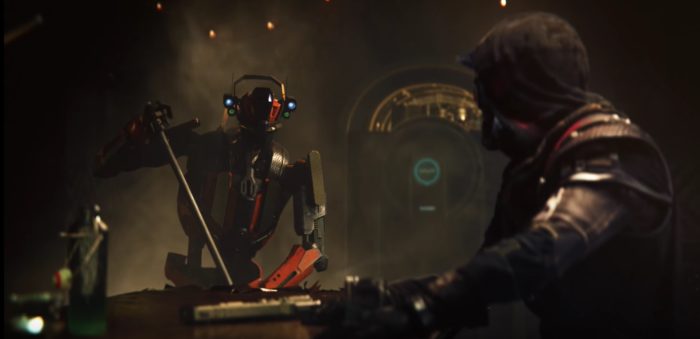










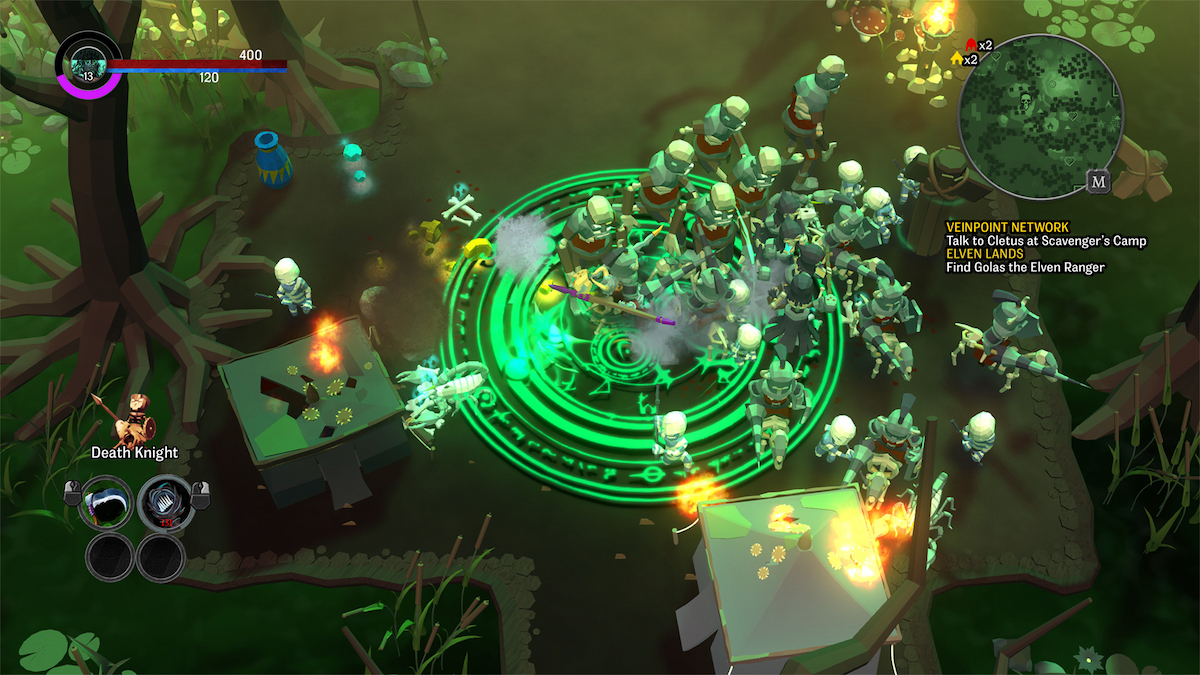

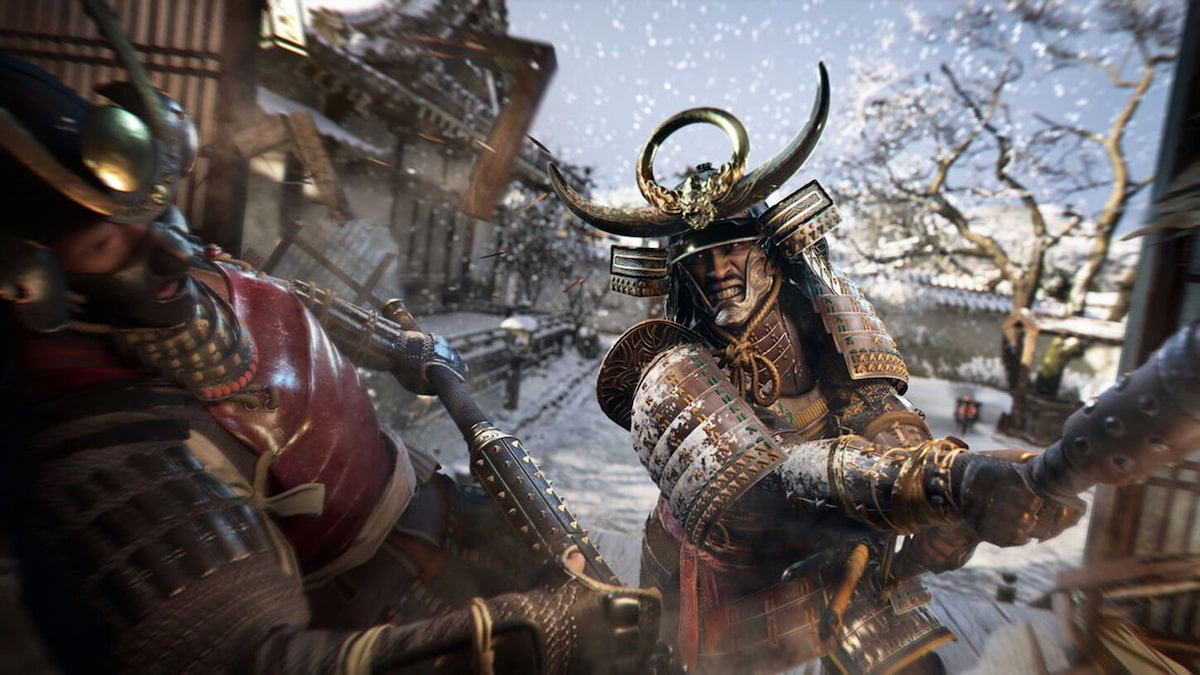

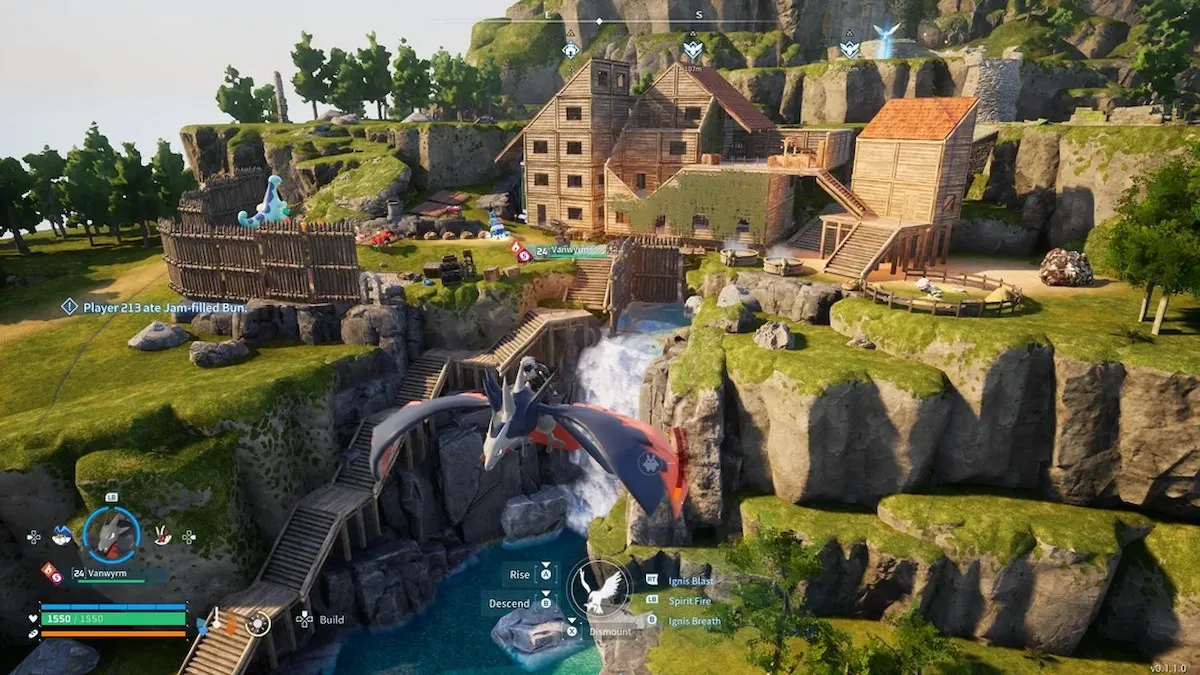


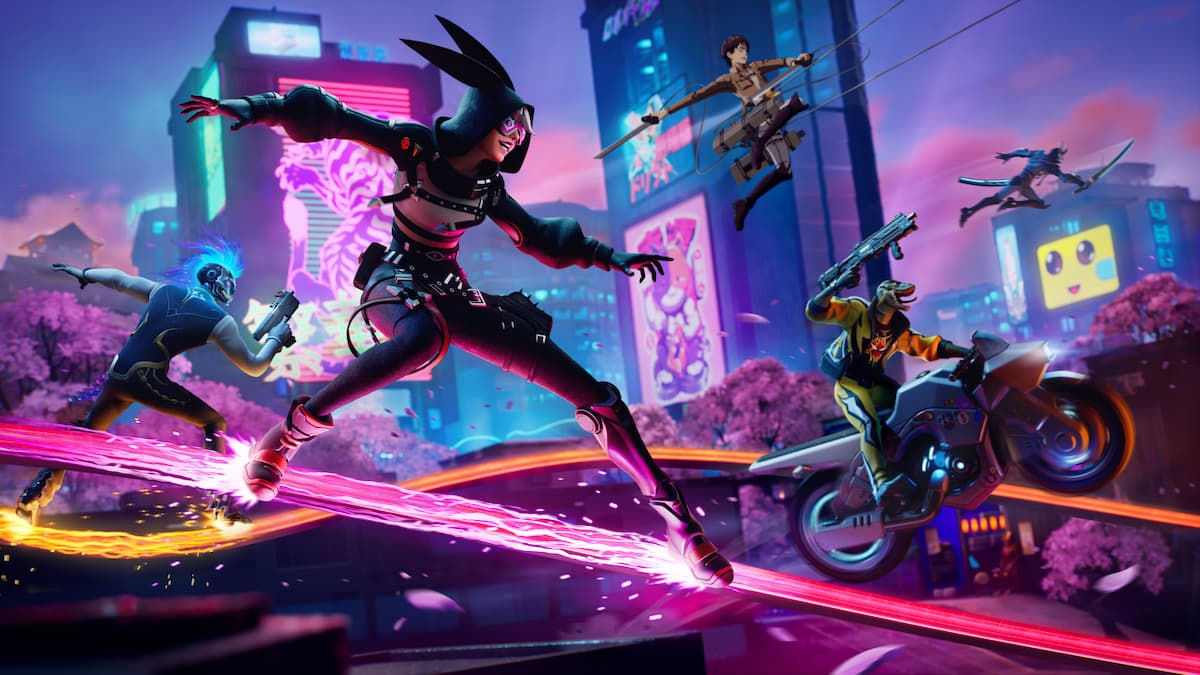
Updated: Jul 19, 2017 12:46 pm